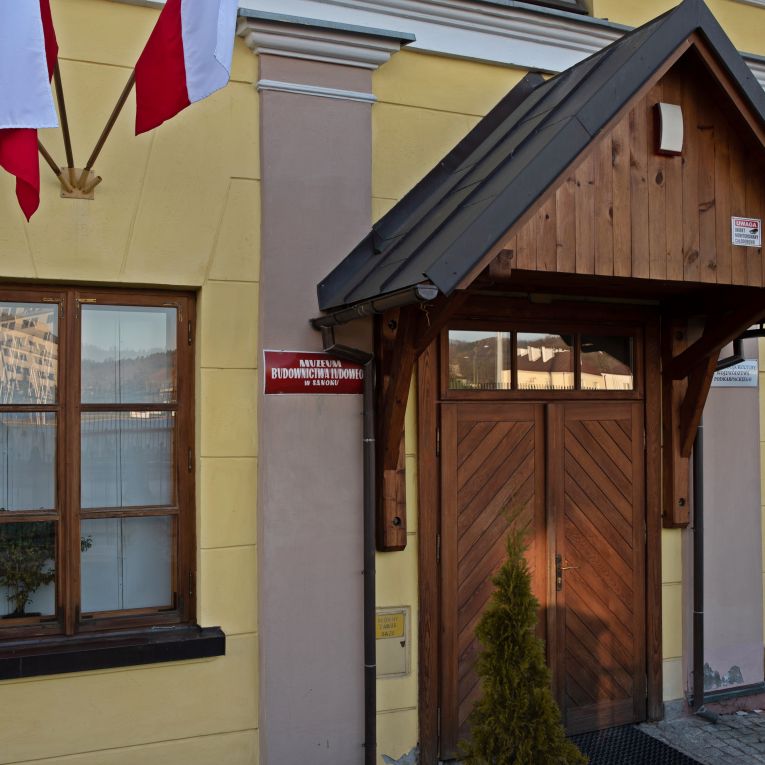
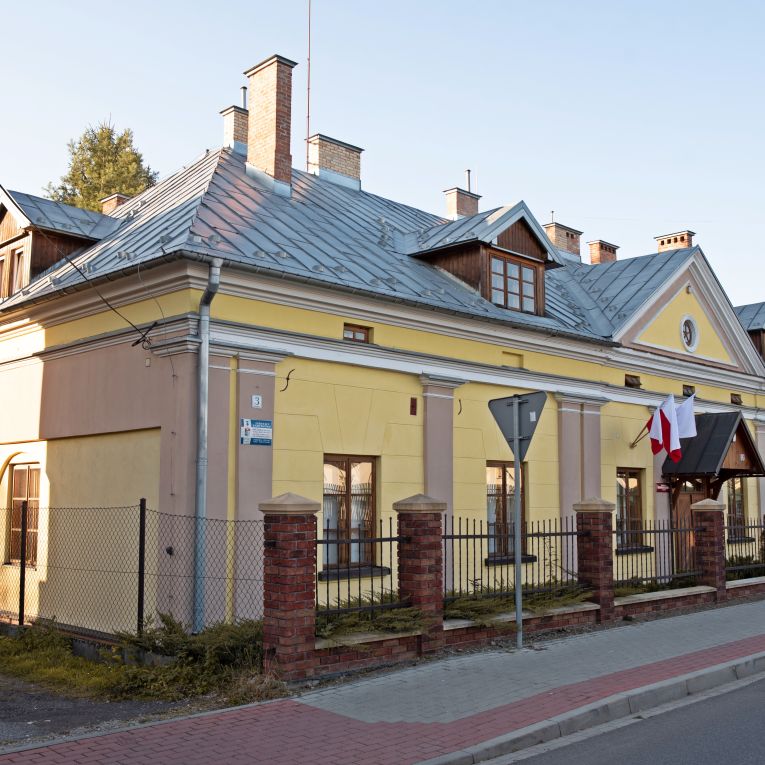
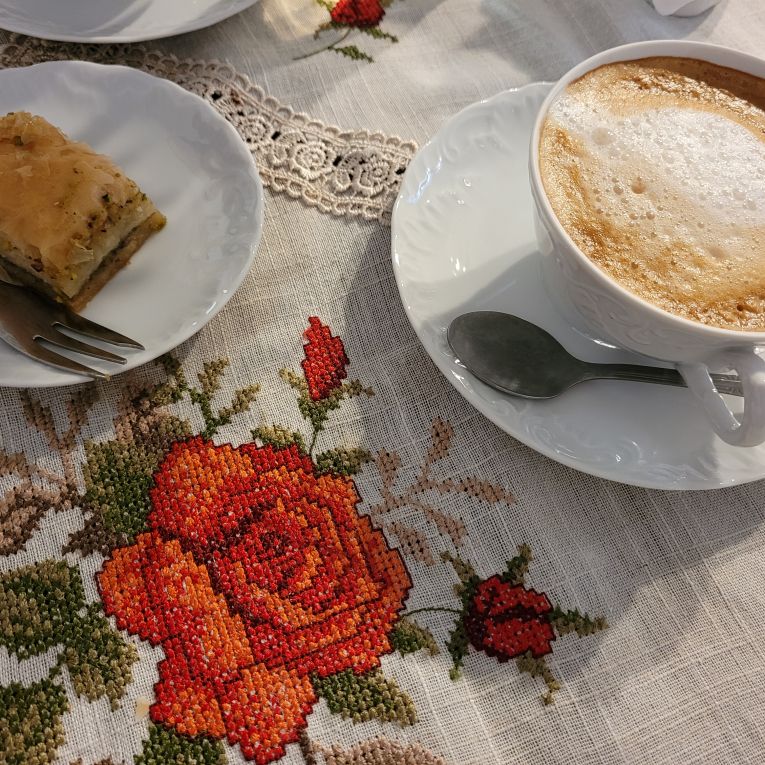
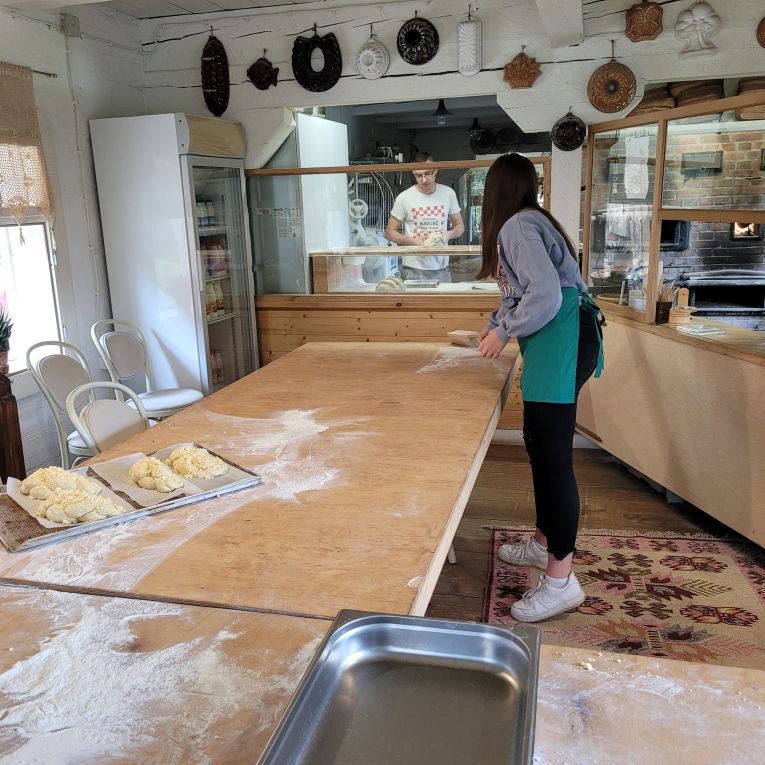
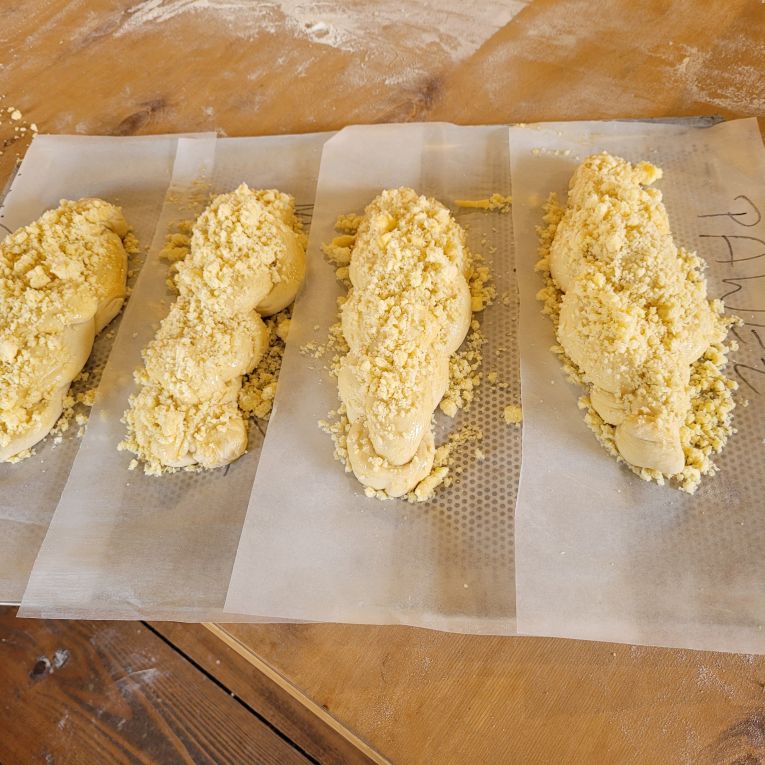
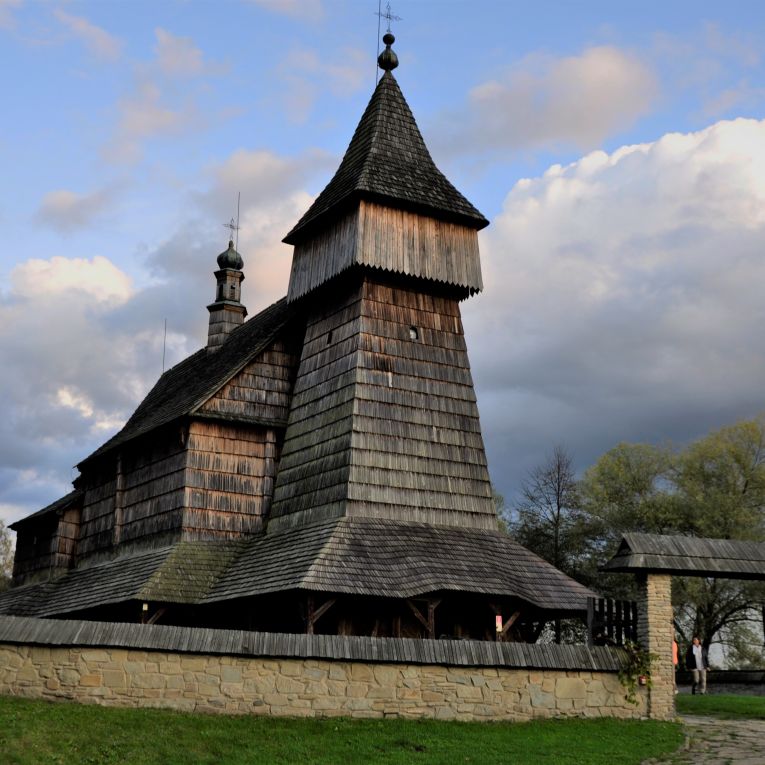









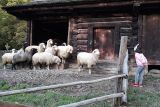
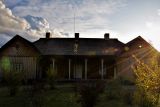
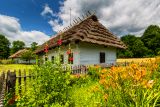
The Folk Architecture Museum in Sanok is the largest facility of this type in Poland and the second largest in Europe. About 180 examples of various buildings from the periods of the historical history of Poland and the broadly understood Transcarpathia have been collected on over 38 hectares of a diverse area.
The Folk Architecture Museum in Sanok is the largest facility of this type in Poland and the second largest in Europe. About 180 examples of various buildings from the periods of the historical history of Poland and the widely understood Transcarpathia have been collected on over 38 hectares of a diverse area. Nowhere else in Poland will you see so many, unique on a global scale, examples of not only folk art, but also fragments of everyday life of the bygone past.
The museum was established in 1958, and in 1966 the first objects were opened to the public. The Ethnographic Park presents sectors relating to individual ethnographic groups inhabiting south-eastern Poland before World War II: Eastern and Western Pogórzans, Lemkos, Bojków and Dolinians. Much attention was paid to the physiographic distribution of individual sectors in the area - visitors should feel like in a former village in Pogórze, Boyko or Lemko. The Museum has over 150 wooden structures from the 17th to the 20th century. There are residential, residential and utility buildings, farm buildings, as well as sacred buildings (church, churches, roadside shrines) and public utility buildings (school, taverns, fire stations) as well as industrial facilities (e.g. forges, mill, oil facilities) . The manor and presbytery buildings are also presented. Most of the facilities are equipped - the interiors are open to the public. The Ethnographic Park also houses the archaeological, pastoral and oil sectors as well as the Galician Market Square.
Sector of the Eastern Foothills:
In the sector related to the Eastern Pogórzany, one can see, among other things, a cottage from Blizne from the end of the 19th century - a residential and farm building built in a carcass construction of fir beams tied at the corners "on the oblap", covered with a hipped thatched roof; a cottage from Niebock from the beginning of the XX century; a barn from Jasienica Rosielna from the middle of 19th century; a one-building homestead from Lutcza from around 1880; the cottage of the inhabitants of Węglówka from 1892; a school in Wydrna from 1880; the Roman Catholic church from Bączala Dolny from 1667; a windmill from Domaradz from 1926.
Western Foothills Sector:
Some of the facilities in the West Foothills sector come from the towns currently located in the Małopolskie Voivodeship. From the area of the Podkarpackie Province, this sector includes, among others, the manor house from Święcany from 1861; a barn from Błażkowa from the middle of the 19th century; a one-building weaving farm from Korczyna from 1790; windmill from Turaszówka from 1923.
There is also an exhibition on folk costumes from the MBL collection in Sanok on the premises of the open-air museum. Among other things, the Pogórze attire is presented.
Recently, a traditional bakery has been opened in the open-air museum, where you can arrange a workshop for baking delicious challahs. The bakery's products are available in a cozy cafe at the Galician Market Square.
The last acquisition of the open-air museum is the 18th-century wooden synagogue from Połaniec.
Tuesday - Sunday from 9.00 a.m. to 6.00 p.m.